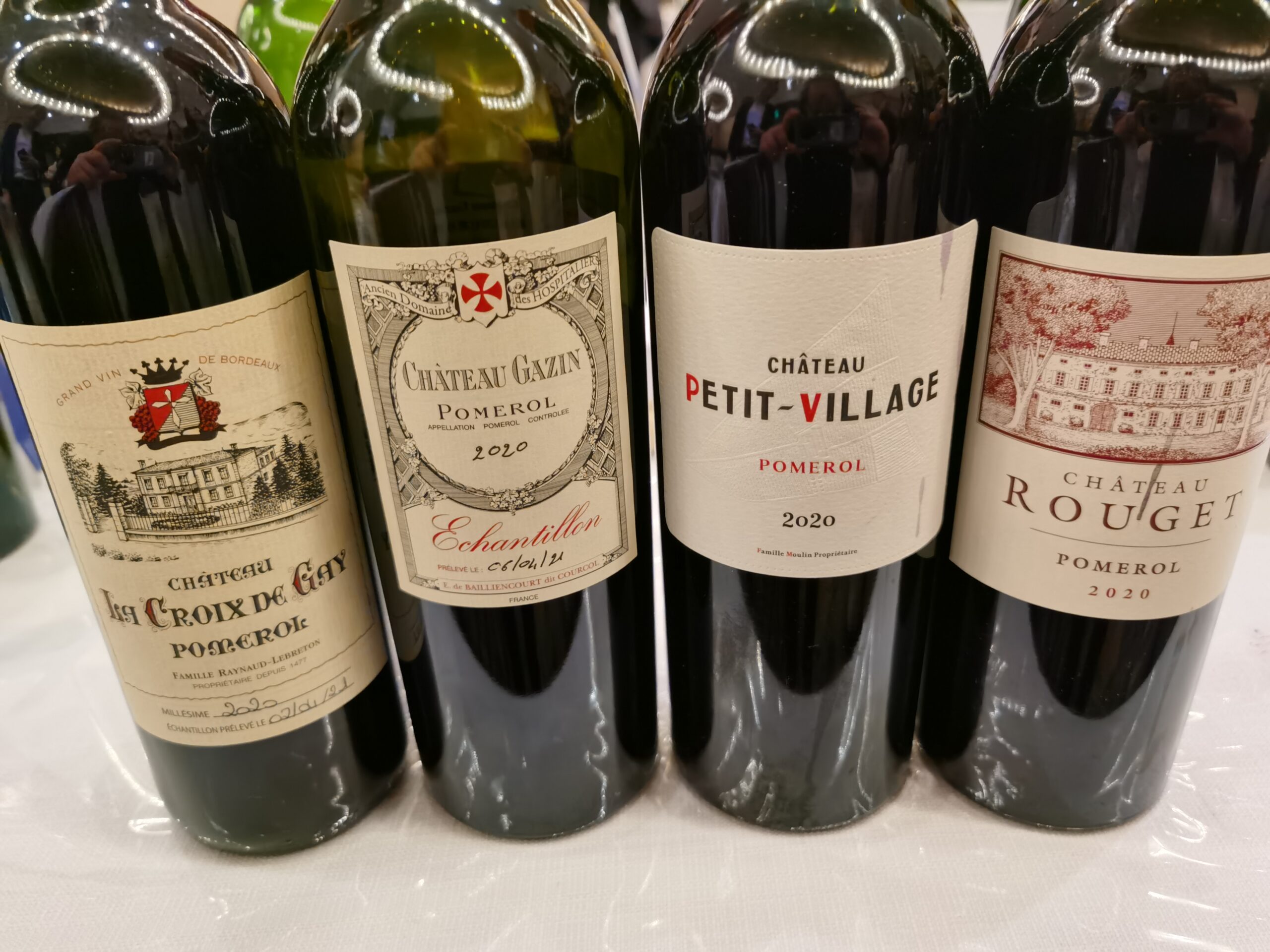
The pandemic hasn’t been kind to anyone these past two years, but for the most part Bordeaux and its wines have managed it well. Last year the 2019 vintage proved a pleasant surprise with many very fine, balanced, and downright pretty wines made that where superior to the overly-exuberant, bordering-on-the-excessive 2018s; this year, the 2020 vintage showcases a bunch of concentrated, rich wines that appear to be quite good overall, if in smaller volumes than is usual. In short, one might say that in 2020, Bordeaux wine quality is high but quantity is low.
But it is a very variable quality.
As is always the case, the growing season weather played a huge role in the makeup of this year’s Bordeaux wines. Not unlike previous recent vintages save for 2017, 2020 was characterized by a mild and wet spring (with mildew-associated problems that reduced yields); a long, dry and hot summer (from 18 June to 11 August, there was an almost unheard of fifty-four days of drought recorded: then more days still of little or no rain at all after the last weekend of August); and by a veritable drought and heatwave during harvest time (temperatures in the low to mid 30s were common during September, which further concentrated berries leading to still more yield reduction). And so it was that the water that did fall in in mid-August (for example, on August 12-14) likely saved the vintage, which otherwise ran the risk of going the way of the very forgettable 2003 and its wines (despite some silly high scores lavished on those mostly – then and now- sorry wines).
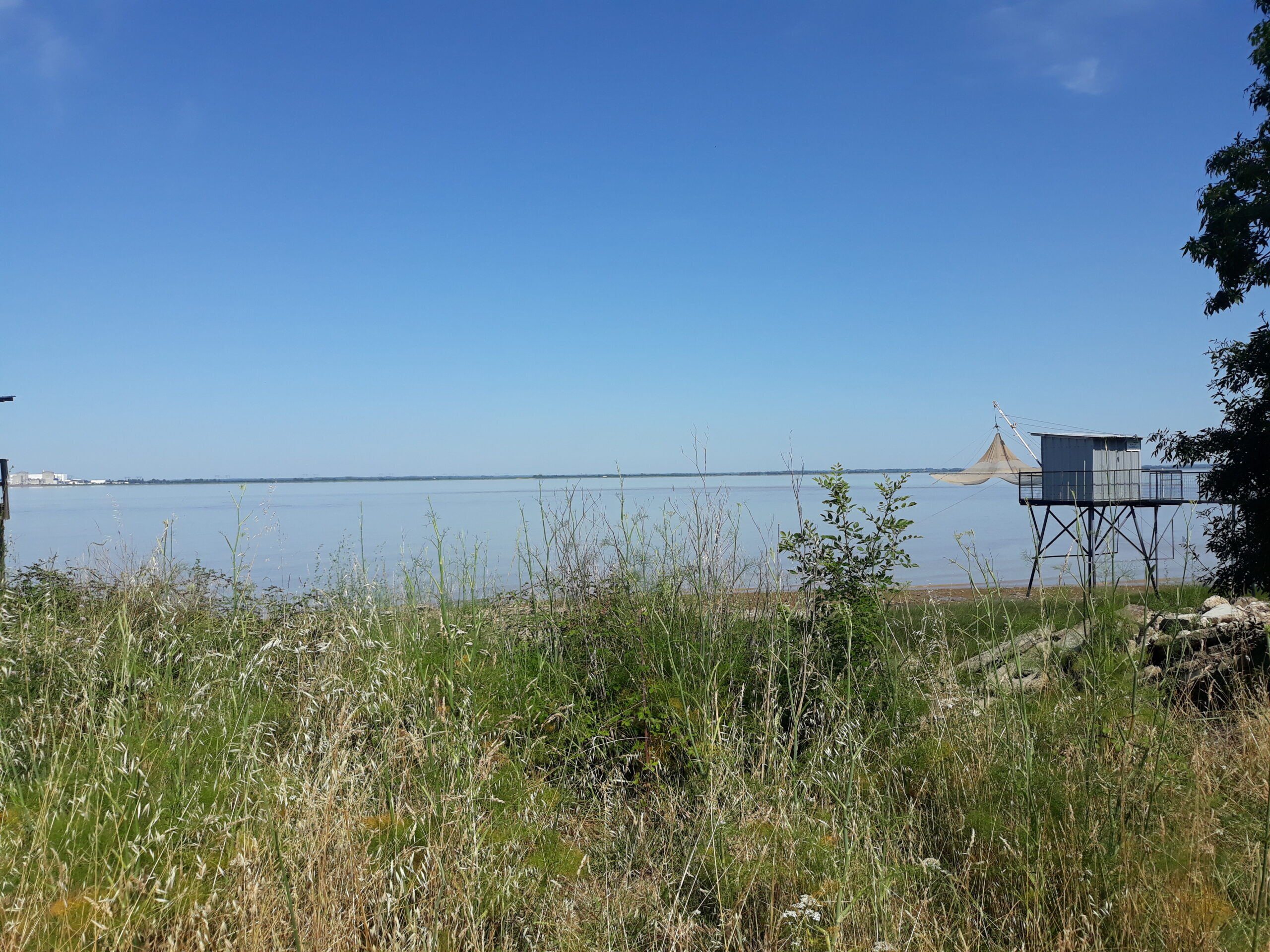
The river la Gironde that separates from left to right bank of Bordeaux
Therefore, based on the knowledge of the growing season’s weather alone, one would expect the most successful appellations in 2020 Bordeaux wine to be those with good water-retention capacity (and at least a little good drainage was of help too). Clearly then, it is the clay soils of Pomerol, the clay-limestone plateau of St-Émilion, the better terroirs of Pauillac, the thin band of St Julien vineyards closest to the river, and the clay-richer parts of Saint-Estèphe that seemed the areas best suited to produce excellent wines. And because there really is a (scientific) method to the madness of wine, for the most part this is exactly how things turned out in the end. Without doubt, Pomerol is the star of 2020, bringing back to mind recollections of 1998 (if on a less grand scale): of Bordeaux’s many different grape varieties, it is undoubtedly Merlot that performed best in 2020, especially that planted on clay-rich soils typical of the right bank (by contrast, and not unexpectedly, Merlot on gravel or sandy-rich soils fared poorly). There were a number of stars among the Cabernet-dominated wines as well, but for the most part the left bank wines were leaner and tougher than is typical in very good vintages. Generally speaking, it is safe to say that Bordeaux’s less successful 2020 wines are marred by gritty tannins (the small berries, thick skins and concentrated juice all making tannin management the most important winemaking challenge of 2020); some wines also have high alcohol and lack nuance, with specific terroir characteristics blurred. For the most part though, Saint-Émilion continues its welcome trend towards more drinkable wines (with many consultants very obviously scaling back the search for behemoth power typical of five-ten years ago, though some appear to still live in a time warp in which black as ink, and oakier-than-oak wines are still deemed to be potable).
The 2020 vintage weather
Unlike 2016 and 2019, the 2020 vintage was characterized by an early harvest, with most of the red grapes picked by the end of September (a good thing, given that October was wet). In 2020, things began auspiciously enough, with a mild winter (the January-February period recorded more warm days than usual), but in early March things turned sour, with common downpours . Temperatures rose again by mid-month, spurring an early bud-break that was however protracted (occurring over two weeks and even more, in some areas) and not homogenous. Late season frost also reared its ugly head (March 25th), while April was not just wet but hot (recording the third highest temperatures in the last forty years or so) and episodes of hail were recorded in Saint Émilion. May duplicated April in that it was also wet and warm (in fact it turned out to be one of Bordeaux’s five warmest months of the last eighty years) leading to an early flowering (taking place about ten days earlier than the annual average).
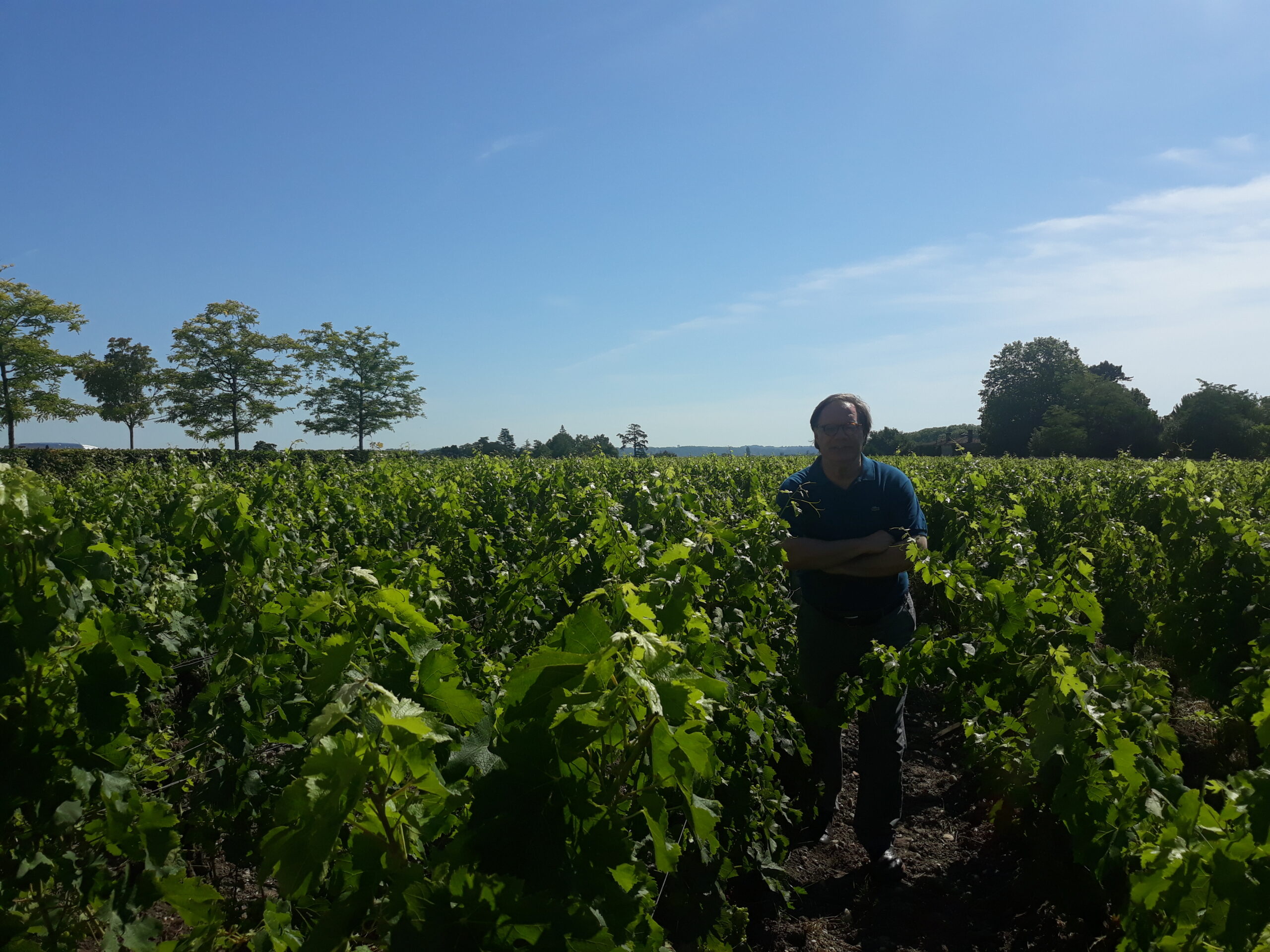
While it is commonly stated that 2020’s summer was hot, sunny, and dry, in fact June was rainy, bringing with it mildew-associated headaches for growers everywhere in the region. And to make matters even less pleasant, it was also not an especially sunny and cool month. July is when the drought started, which continued right through to August 11. And while on the one hand this dry weather allowed the grapes to ripen, clearly younger vines and those planted on soils rich in sand and gravel suffered, as these soils lacked the water stores that clay-rich ones could count on.
Rain finally fell in mid-August, replenishing water stores and warding off-the risk of metabolic blockade everywhere, rather than limiting it to some areas only. The rainfall however was more copious in the northern Haut-Medoc (Saint-Estèphe and Pauillac seeing over 110 millimeters of rainfall, Margaux about half that, and Pomerol and Saint-Émilion even less. This rain was of immense importance to final wine quality, and so more than ever before the importance of terroir shone clearly. It is those areas where the rain fell on the right soils planted to specific grape variety that fared best (such as the Cabernet Sauvignon of parts of Saint-Estèphe, Pauillac and Saint-Julien) or the right terroir and specific grape variety (such as the Merlot of Pomerol and Saint-Émilion). I would also add that while daytime temperatures were high, things cooled down during the nights, and so the diurnal temperature variation of the last few days of August and early September was such that grapes were picked with usually healthy acid levels.

In 2020, terroir mattered more than ever before.
A look at the yields throughout Bordeaux demonstrates clearly the problems posed by the growing season’s weather, translated in ultimate analysis by a noteworthy reduction in overall yields. Compared to the two previous vintages, total Bordeaux production fell by 10% in 2020; in fact, 2020 is one of the three vintages of the last decade, along with 2013 and 2017, top boast the lowest overall yields (for example, the yield in 2020 was roughly 25% less than in 2019). It was the Cabernet Sauvignon, and to a lesser extent Cabernet Franc, that were most impacted. It is those areas where the growing conditions proved toughest (because of the combination of gravel-rich soils and less rainfall) that recorded the biggest fall in yields. Not surprisingly then, Margaux and Pessac-Léognan were among the leaders in yield reduction, as the drought hit hardest in the southern portion of the Haut-Medoc and south of the city of Bordeaux itself, and these appellations have a preponderance of gravel in their soils. But while Pomerol saw even less rainfall than did Margaux, for example, its yields were less impacted than Margaux and others of its southern left bank neighbours; and this not just because of the abundance of clay in its soil, but also because the Merlot, being an earlier-ripening variety than Cabernet Sauvignon, was picked sooner, thereby allowing it to escape the dehydrating effects of the hot and dry weather that grapes still hanging on the vines (such as the late ripening Cabernets) had to endure.
The 2020 pricing outlook
To be clear, the 2020 wines are very good overall and deserve the attention and money of wine lovers. But clearly, the vintage is not good enough to justify price increases across the board (even mild ones); and that is even more true considering that many very fine 2016s Bordeaux’s are still very much available and easy to find along with the 2017s and 2018s (and the 2019s will be hitting shelves soon). Most of the importers I talked to over the last few weeks told me flat out that they planned to be very cautious in their buying patterns, given that the global economy is still suffering (and how could it not be, after one and a half years of a pandemic with many businesses and careers at a standstill – a pandemic that is still ongoing, despite all the hype about vaccines that don’t cover individuals fully against the virus and even less so against its variants). On average, the 2019 vintage was priced very competitively, and I dare say intelligently, at roughly 21% less than the 2018 vintage, which undoubtedly helped the wines sell. I honestly do not believe an even minor price hike for the 2020s will be well-received by professional and amateur wine lovers alike. I may yet be proven wrong, but I don’t think so, and so hopefully things will work out for the best.
The problem with samples wasn’t much of a problem at all
In 2019, and again in 2020, samples of Bordeaux wines en primeur were sent all over the world so that critics, retailers and importers could taste them when travelling was and is incredibly difficult. And while in 2019 there was some initial apprehension over shipping barrel samples of essentially unfinished, fragile wines around the world, the problem turned out not to be such a problem at all. Leading retailers, importers and critics all confirmed to me that though initially skeptical of the process, samples both this year and last were mostly fine.
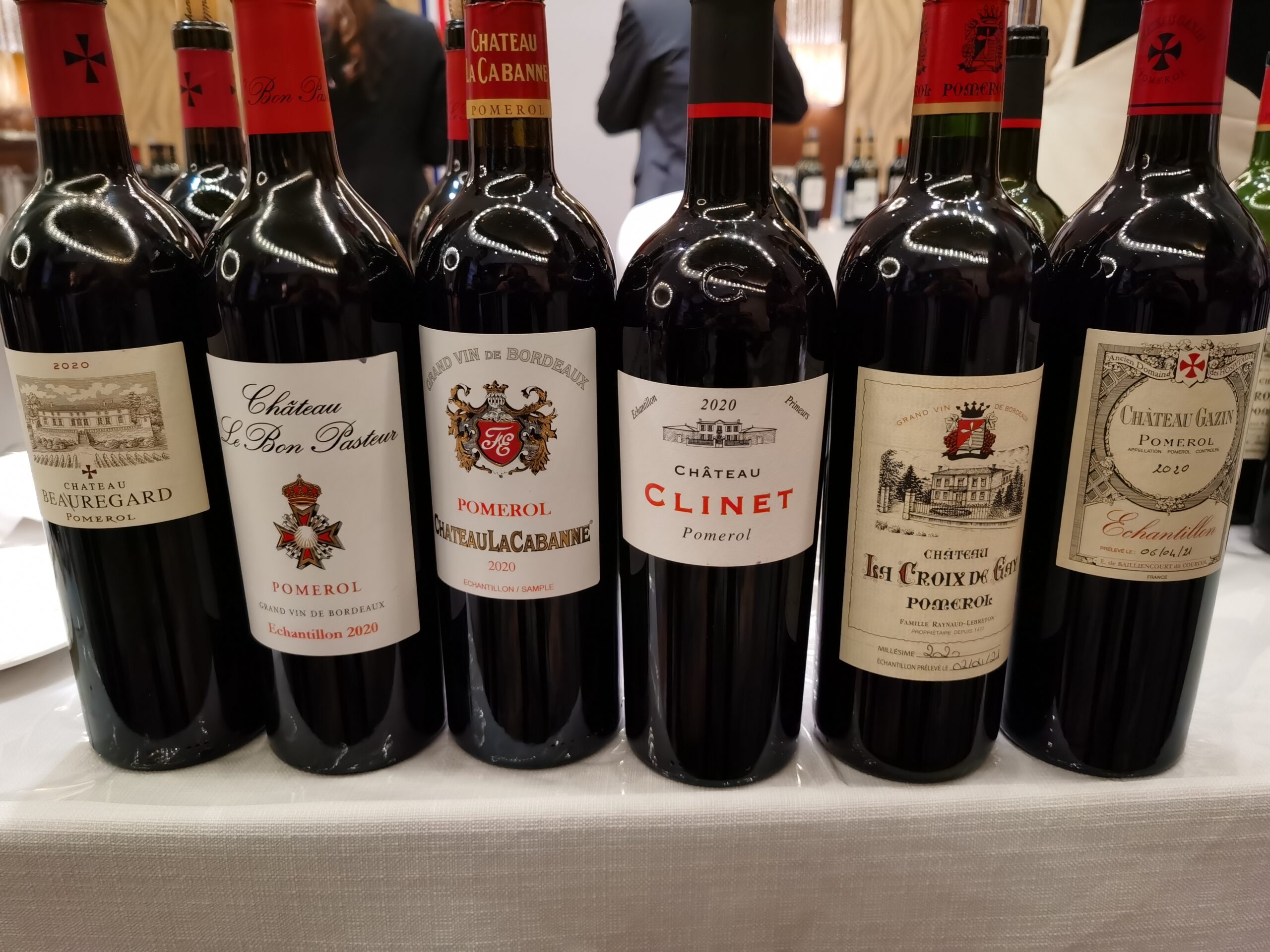
In fact, I have been tasting the Primeurs wines for over twenty years, and can vouch that sample variability could be quite high when tasting the new wines in Bordeaux as well. For example, after a morning of private estate visits, I would reach one of the properties where an appellation’s wines were being served for the world press to taste, and more often than not found that I and my fellow’s late arrivals would have to ask to open new bottles of the samples, since those that had been opened hours before were clearly showing signs of oxidation. And while some properties still prefer not to send their wines around the globe, others have taken a very proactive attitude to the new world reality. For example, Château Rauzan-Sègla (and the other properties in the Wertheimer group), that have created a tracking process by use of a sensor allowing recipients to verify that samples are in good condition. As much as people might not like the idea of tasting far from site and sight, the fact is that webinars in which wine samples from wineries from all over the world are tasted have been taking place everywhere for the past year now and the feedback has mostly been positive. It appears very much that this manner of tasting wines will become at least in part the new normal. Maybe a less poetic and less romantic normality, and certainly less fun and interesting too, but just as certainly more practical and more cost-effective.
What are the 2020 wines like and which to buy?
At their best, 2020 Bordeaux wines have deep colors (as you’d expect, given these are Cabernet-Merlot blends: 100% Sangiovese and Nebbiolo they are not), frankly perfumed, and very smooth, pure and light on their feet when made in the better terroirs. They are almost all blessed with lively but harmonious acidities that give them a light on their feet quality (a good thing, given these are generally powerful wines we are talking about). And despite the summer heat and drought, alcohol levels are not as high across the board as one might have expected, most likely because the extreme conditions of the mid- to late-summer period slowed growth down enough so that the grapes were not packing in sugar at a fast and furious rate. Poorly made left bank wines especially can be lean and carry noteworthy hints of green streaks and of gritty tannins, but that fact recognized, there were plenty of truly splendid left bank Bordeaux made in 2020. In ultimate analysis, though I prefer the 2019s, finding them more elegant and more consistent quality-wise across the board, I really like the Bordeaux 2020 wines. It’s a very good vintage bordering on the excellent, with some truly standout wines that will increase in value; and many others that will be just plain fun to drink, and marry very well with food, an added, important, bonus.
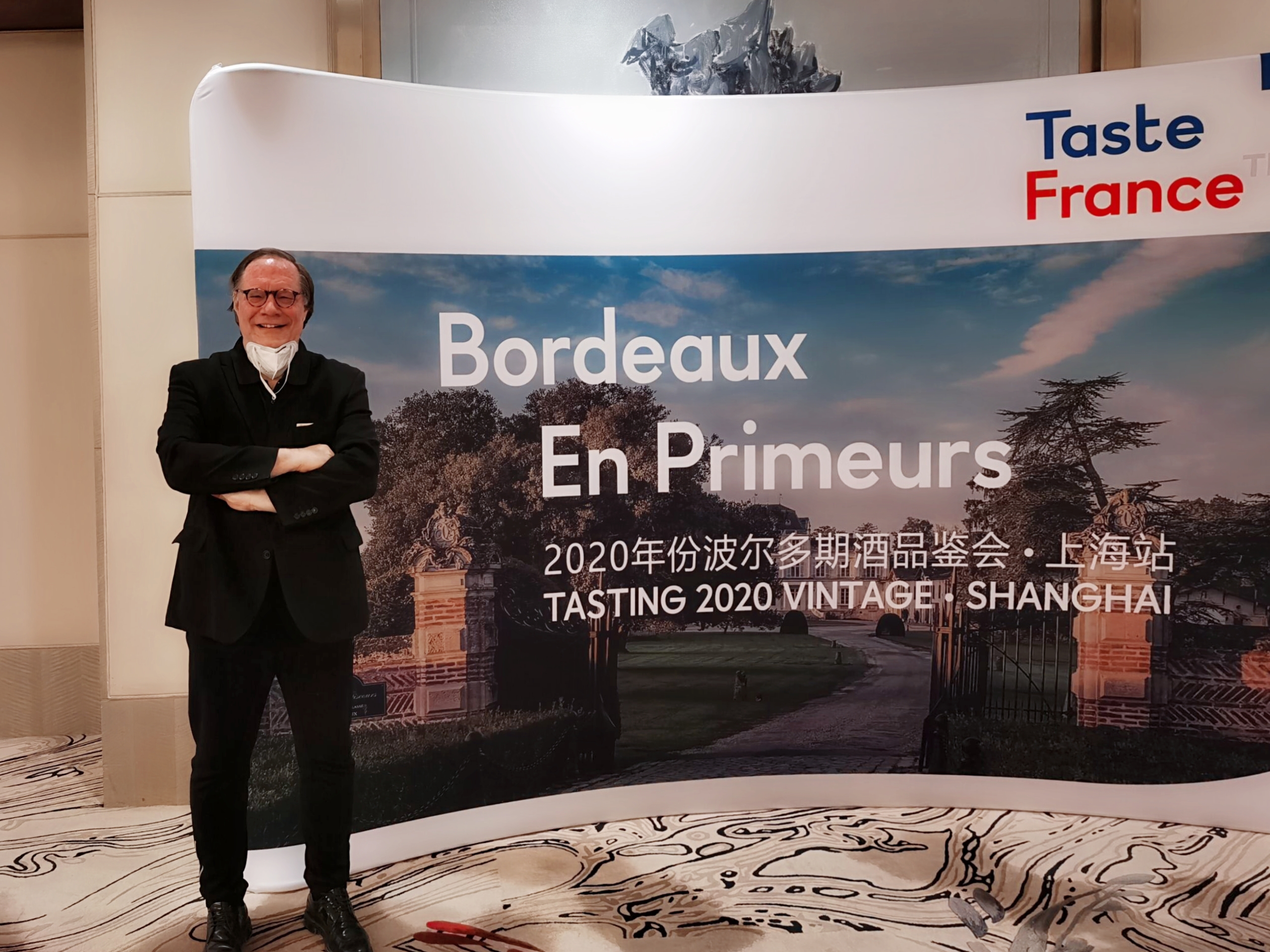 I have been covering the wines of Bordeaux professionally since 2000, when I began writing on them first for Italian wine magazines and later at the International Wine Cellar and Decanter. I have never been less than two weeks a year in Bordeaux visiting the wineries and most often have been there five weeks a year for the past twenty years. Save for a short time period when I tasted with other wine writing colleagues and friends, most of my time in Bordeaux I spent tasting the wines and visiting the properties on my own, as I have always preferred to taste alone rather than in large or even small groups. Furthermore, I always did and do so at my own expense: I pay for my travel and lodging expenses out of pocket and do not accept accommodations at the Chateaux).
I have been covering the wines of Bordeaux professionally since 2000, when I began writing on them first for Italian wine magazines and later at the International Wine Cellar and Decanter. I have never been less than two weeks a year in Bordeaux visiting the wineries and most often have been there five weeks a year for the past twenty years. Save for a short time period when I tasted with other wine writing colleagues and friends, most of my time in Bordeaux I spent tasting the wines and visiting the properties on my own, as I have always preferred to taste alone rather than in large or even small groups. Furthermore, I always did and do so at my own expense: I pay for my travel and lodging expenses out of pocket and do not accept accommodations at the Chateaux).
 Ian standing in front of the sign of Chateau Giscours
Ian standing in front of the sign of Chateau Giscours
The wines in this report were tasted in Shanghai, where I live, thanks to the excellent organization provided by Sopexa. Samples were received in fine conditions and I only had to ask for my usual percentage of second bottles because of concerns of incipient oxidation of some previously opened bottles. I also wish to thank the Conseil des Grands Crus Classés that generously offered to send me all the samples I needed but unfortunately travel restrictions made it impossible for me to taste in my HK or Macao offices. I will write a much longer and detailed report on Bordeaux’s new vintage as soon as it is possible to travel safely again, after I am able to spend my usual two to three weeks in the region visiting all the wineries just as I did last year and have been doing since 2000.

 中文
中文



